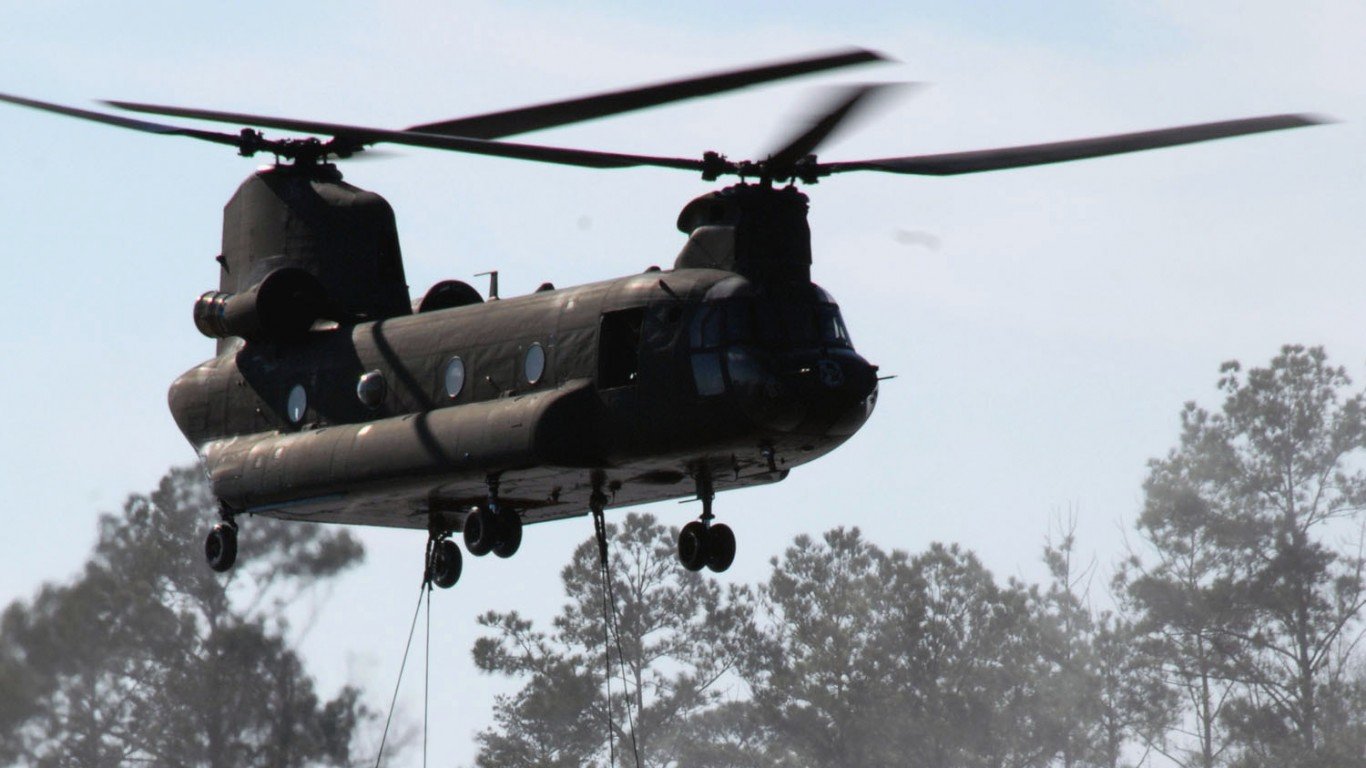
"The U.S. Army is entering a new era of aviation defined by speed and advanced technology. From the upgraded AH-64E Apache Guardian to next-generation systems like the Future Attack Reconnaissance Aircraft (FARA) and the CH-47F Chinook Block II, the Army's newest aircraft are built to dominate on the battlefield. These are just two of the platforms that the Army is pushing going forward; however, there are still legacy platforms that see the sky with a storied service history."
"Understanding the aircraft used by the U.S. Army provides insight into joint military capabilities and defense strategies. Also knowing what the U.S. has in its arsenal further explains its military capabilities. This further gives context to the tactical flexibility and logistical reach the Army brings in its operations. Lastly, the composition and technological level of the aircraft fleet highlight the Army's ability of maintaining dominance and its rapid response capabilities, both of these are key factors in its strategic defense planning."
The U.S. Army is emphasizing speed and advanced technology across its aviation fleet, fielding upgraded and next-generation aircraft such as the AH-64E Apache Guardian, Future Attack Reconnaissance Aircraft (FARA), and CH-47F Chinook Block II. New platforms aim to ensure battlefield dominance while legacy aircraft continue to serve important transport and logistical roles. The identification of the newest aircraft relies on the 2025 World Air Forces report from FlightGlobal, with aircraft ranked chronologically and supplemented by data on type, active numbers, armament, and top speed. Examples include the vintage DC-3 (C-41A), introduced in 1936, with five active aircraft used for troop and cargo transport.
Read at 24/7 Wall St.
Unable to calculate read time
Collection
[
|
...
]